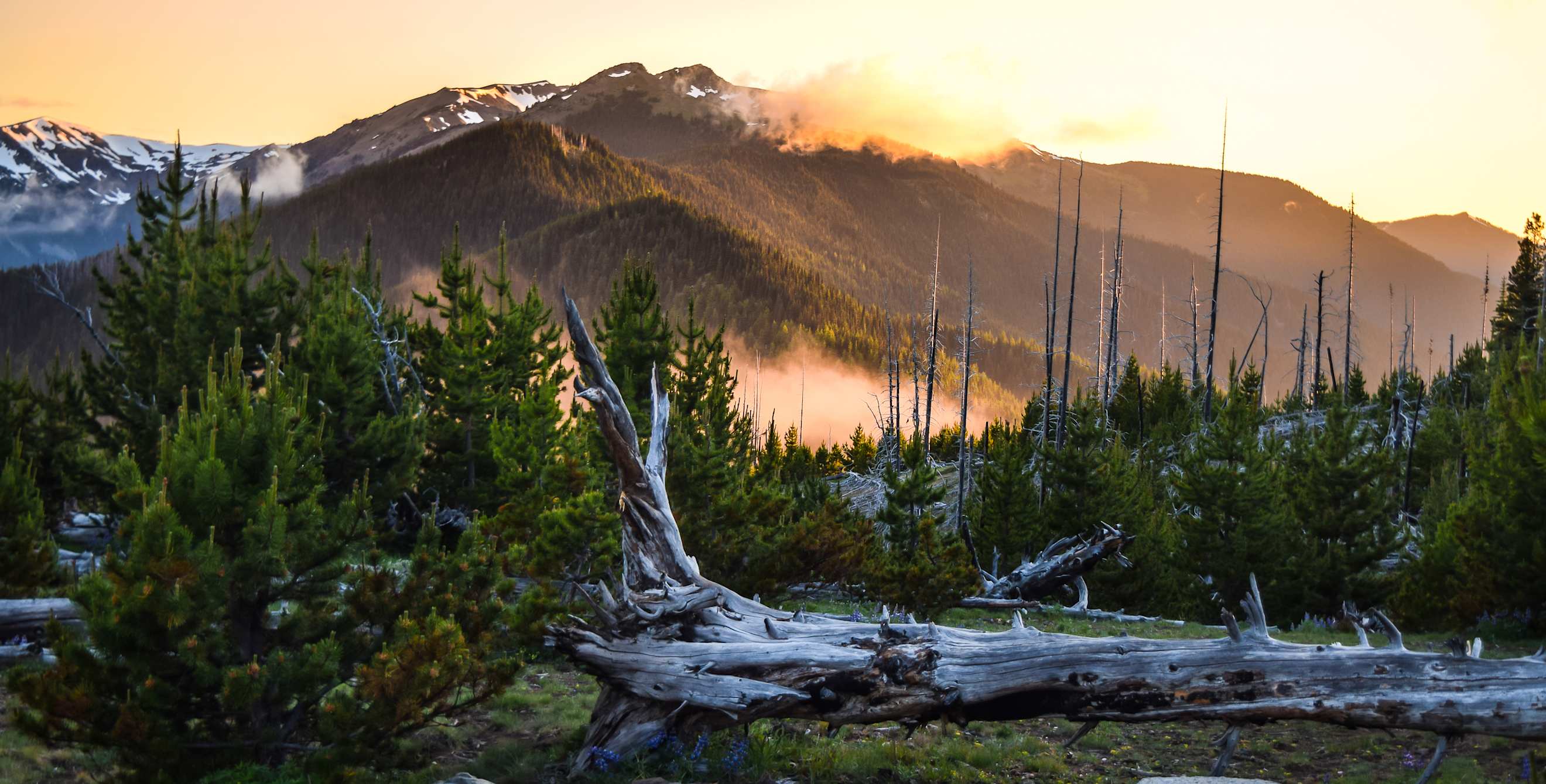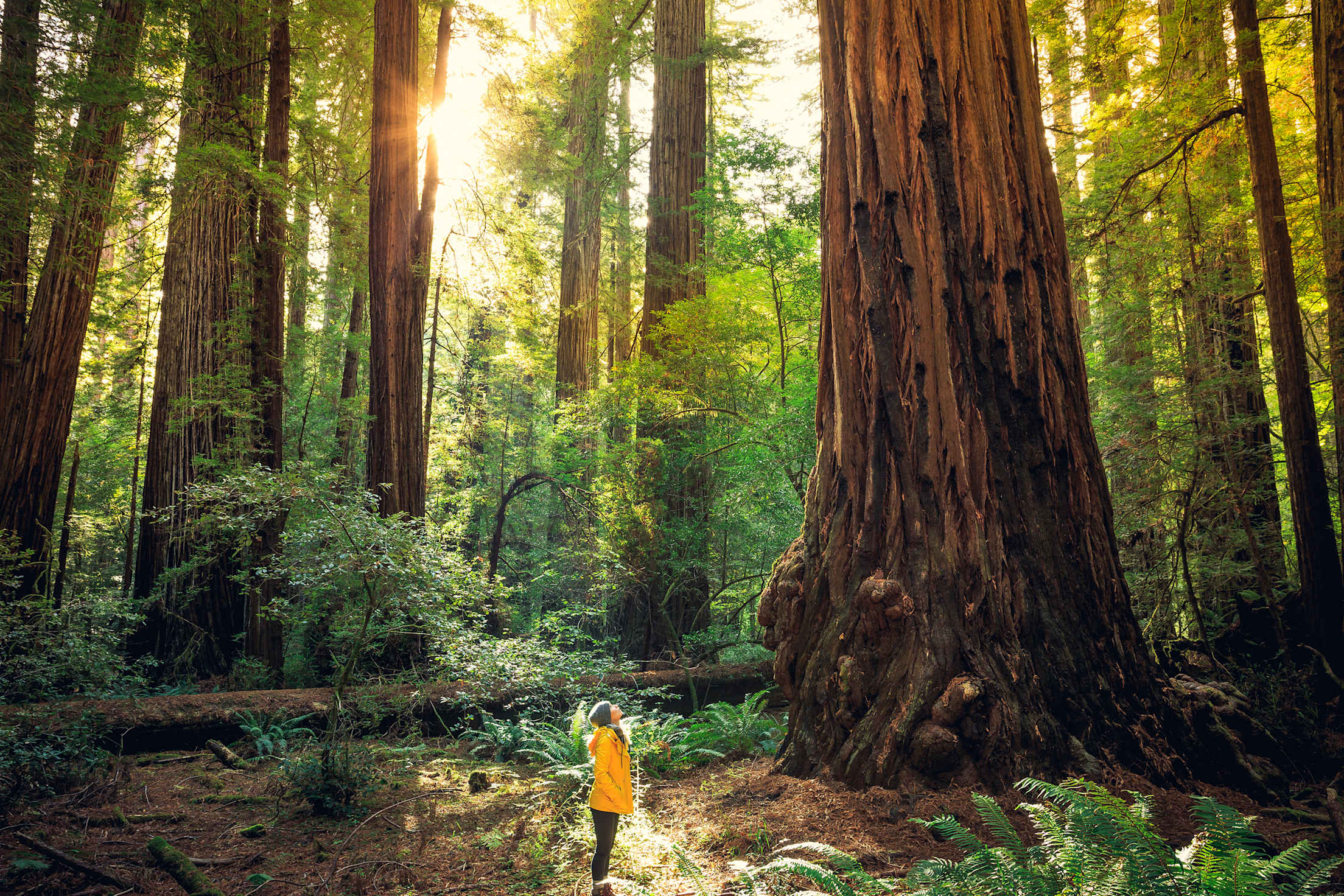
Discover the Best National Park for You
Whether you’re seeking solitude or family-friendly activities, there's a park waiting for you.

All 63 National Parks are worth your time, but each offers an entirely different experience. The weather, scenery, activities, and ecosystems all vary, especially in the West. To help you navigate and plan your next trip, use this guide to match your preferences to each park’s best asset.
Least Visited and Best for Solitude: Pinnacles National Park in Central California
While Yellowstone is the most visited park in the West, Pinnacles ranks as one of the least popular. That’s why it’s the best for wanderers looking for some peace and quiet away from the crowds and noise. Located east of the Salinas Valley, this rocky hideout is the remains of multiple volcanoes that erupted more than 23 million years ago. Meander around the towering rock spires and oak woodlands, or duck into one of the many talus caves. The park is divided by rock formations into the east and west sides, and the only way to get from one side to the other is on foot. Make sure to keep an eye on the sky for California condors since the park is an official recovery site for the endangered birds.

Supreme Stargazing Conditions: Great Basin National Park in Nevada
Practically located in the middle of nowhere, away from big cities, Great Basin is pitch-black at night except for the twinkle of celestial bodies high above. Recognized as an International Dark Sky Park, this site puts on a show of stars, planets, meteors, star clusters, man-made satellites, the Milky Way, and the Andromeda Galaxy. Make the most of your visit by participating in one of the many programs, including the Star Train, Full Moon Hike, Solar Telescope Viewing, and the Astronomy Festival. During the day, stay in the dark by exploring the park’s subterranean passages and limestone caves.
Best Wildflower Viewing: Saguaro National Park in Arizona
Almost any park in the West is glorious during the height of wildflower season, but Saguaro National Park takes the title because of the contrast of the stark desert with the explosion of colors unlike anywhere else. The flora here blooms at different times throughout the year and is completely unique to the landscape. Identify bristly fiddleneck, pointleaf manzanita, all types of agave, teddy bear cholla, and ledings hedgehog, not to mention the white flowers of the namesake saguaro. Take the Hope Camp and Ridgeview Trail for a panoramic view of the colorful landscape, or get up close and personal with the prickly giants on the Freeman Homestead Trail.

Most Central Activities: Redwoods National Park in Northern California
Located in the northernmost part of California’s coast, Redwoods isn’t the easiest park to get to. But once you’re there, family-friendly activities abound. This 112-square-mile park borders state parks and encompasses the beach, old-growth forests, and mountains. Every type of activity has multiple options, so you can choose your own adventure. Drive the paved Newton B. Drury Scenic Byway through ancient coast redwoods and look for the resident herd of elk. Kayak the Smith River or horseback ride along the beach, both with guides. Go on your own tidepooling quest to find sea stars, snails, and crabs. Or hike one of the dozens of trails past waterfalls and under the world’s tallest trees.
Most Diverse Ecology: Olympic National Park in Washington
Spanning nearly one million acres in Washington’s northwestern corner, Olympic is one of the most diverse national parks in the nation because it contains four distinct ecosystems—the coast, temperate rainforest and lowland forest, rivers and lakes, and mountains. The coast stretches for 73 miles and includes photogenic spots like Rialto, Ruby, and Kalaloch beaches. Under the magical, mossy rainforest canopy of the Hoh, Quinault, and Queets areas, admire hundred-year-old trees that are more than 250-feet tall. In the lowland forest, find tranquility at Crescent Lake, and the Staircase, Elwha, and Sol Duc areas. Get some altitude in the mountains at Royal Basin, Deer Park, Anderson Pass, and Hurricane Ridge, where you can see glacier-capped peaks.

Most Unique Geology: Bryce Canyon National Park in Utah
High on a plateau at the top of Grand Staircase, Bryce Canyon is home to the largest concentration of hoodoos in the world. The recognizable columns of orangey-red rock were formed by erosion of the Paria River, a tributary to the Colorado River. The geological process also created fluted cliffs, columns, spires, windows, and arches in the limestone. Every year the park hosts the Annual Geology Festival, featuring talks, plein air painting, and guided hikes. Snap an obligatory photo at Bryce Point, a lookout over the park’s amphitheater that’s best at dawn and dusk. Or venture into the canyon on one of the many trails, like the pet-friendly and paved Sunset to Sunrise Trail or the strenuous-but-rewarding, 8-mile Fairyland Loop Trail.
Prime Wildlife Spotting: Channel Islands National Park in Southern California
Dubbed the “Galapagos of North America,” the five islands that make up this park are teeming with life on land and in the sea. And because of the park’s remoteness, researchers have identified 23 endemic terrestrial animals, like the island fox and deer, that are subspecies. On land, look for hummingbirds, bald eagles, ravens, lizards, tree frogs, and bats. Scan the waters for sea lions, harbor seals, otters, and lobsters, and if you’re lucky, dolphins and whales. Hike, camp, surf, tidepool, boat, fish, snorkel, or dive. There is no fee to enter this particular park, but before you go, make reservations for boat transportation to the islands as well as backcountry and frontcountry camping if you plan to stay the night.